
If you’re going to climb one mountain in China, Tai Shan (Tai Mountain) is the one. There are a series of reasons why the Chinese see it as the most sacred of China’s mountains, but one piece of info stands out as quite telling as to Tai Shan’s significance – UNESCO have 10 criteria that they use to qualify a site as World Heritage (6 for cultural significance, 4 for natural) and Tai Shan meets 7 of these criteria which, along with the Tasmanian Wilderness Area, puts it top of the list of all sites in the world. Plus, the views from the top, if you catch a good day for it, are spectacular
Top Tip – consider staying at the top overnight to catch the sunrise. Not only because it is beautiful, but also because there will be fewer people before the cable car visitors arrive
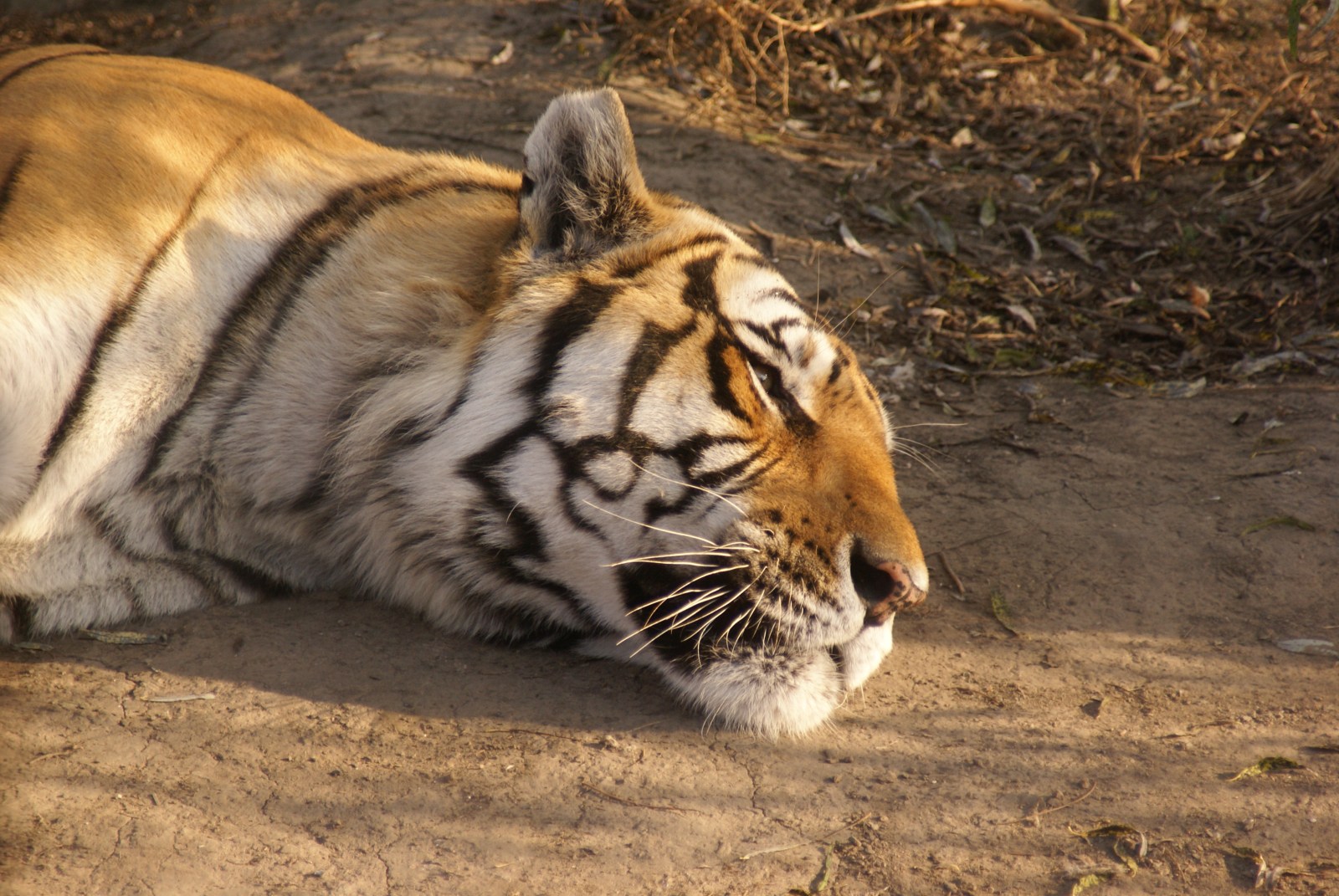
For sure the main reason to go to Harbin is to brave the freezing January winter temperatures and enjoy the word famous ice sculptures, but it’s also worth a day or so outside of the winter period to enjoy the central Daoliqu district’s Russian influence and, in particular, the very unusual Siberian Tiger Park
The Tiger Park itself, like so many things in China, has a good and a bad side. It’s great that the Chinese are approaching the preservation of tigers, and various other large cats who are threatened in the wild, at such a giant scale. To give an idea – there are estimated to only be around 500 Siberian Tigers left in the wild, and the park has 800 in captivity. It’s also great, and should be highlighted more, that the park itself is huge at 250 acres, with many of the tigers free to roam in this area. The downside though is very predictable – the Chinese pay very little attention to animal welfare, so some of the rarer cats are held in far smaller cages and the tigers are fed live animals in a fairly gruesome show for the tourists
Without straying too far down a moral route here and recommending not visiting, I think it’s worth calling out that any visit to China will be littered with examples whereby you find conflicts between Chinese values and non-Chinese values. And this is certainly not restricted to animal welfare
My suggestion is that if you are in the area, do make sure you give yourself half a day in Harbin to see the wonderful brick-lined street of Zhongyan Dajie in the Daoliqu district where you can clearly see the Russian influence, the Sun Island Park that sits within the 2 sides of the city, and half a day for the Tiger Park to see the scale of this Chinese experiment

On the border with North Korea, Changbai Shan is China’s largest nature reserve and by far the top attraction in the surrounding region. The park itself is beautifully rugged with bitch trees and pine trees making way to a far more sparse other-worldly landscape once you get above 2000m / 6500ft, but it is the walk up the north slope to the Heaven Lake sitting 2,200m / 7200ft on the top of Paektu Mountain that is the highlight. The mountain itself is little know outside of this part of the world, but it is an important mythological and cultural symbol for parts of China and certainly for Korea, for example it is in both North and South Korea’s national anthems and is on the national emblem of the North
We visited here at the slightly unusual time of mid October which, because the place is waiting to make its transition from summer visitors to opening up for those visiting the ski slopes later in the year, certainly made it a bit harder to reach and in particular harder to find a place open. But the flip side was that, for China, it felt we had the walk up to the Heaven Lake almost all to ourselves, which made for a quite unique experience
Top tip – try to stay at the Lanjing Spa Holiday Inn which is only 500m from the north gate entrance. It has a feeling of being secluded to very much adds to the otherworldly feel. Most likely at this time of year you’ll be able to get a discount. No worries if can’t get a spot there, you can stay in Baihe and just get a taxi for 40mins or so to the entrance gate
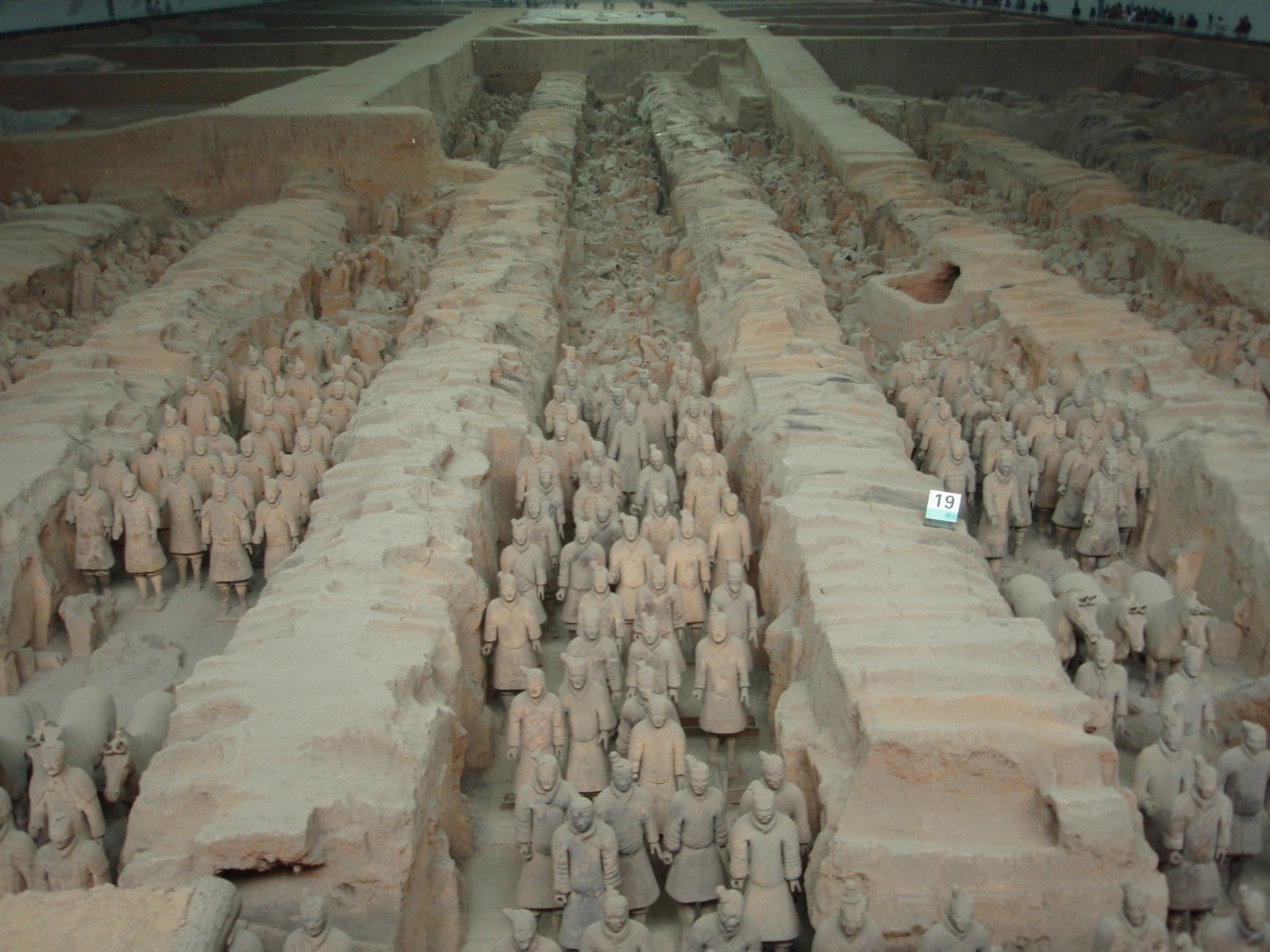
One of the most sensational archeological discoveries in history, the Terracotta Warriors just outside of Xian are one of the most famous places to visit on a trip to China and certainly worth the visit. There are so many fascinating pieces of information about these warriors – their age (210 BC – before Rome was an imperial power), their mystery (their existence was just a legend until they were only discovered in 1974 by peasants drilling a well), their unique nature (each of the 8,000 warriors has his own distinct expression) – that you will learn about then when you visit. But it is their sheer scale that impresses more than anything as you look across their lines
Extra tip – Xian is often just passed through on a tour of China as a transit to get to the warriors. This is an error – Xian is the centre / origin point of Chinese civilisation and the start of the Silk Road so is arguably the essential destination if interested in Chinese history. Even if not, the Big Goose Pagoda, cycling along the 14km City Walls and eating in the Muslim Quarter are definitely worth the time
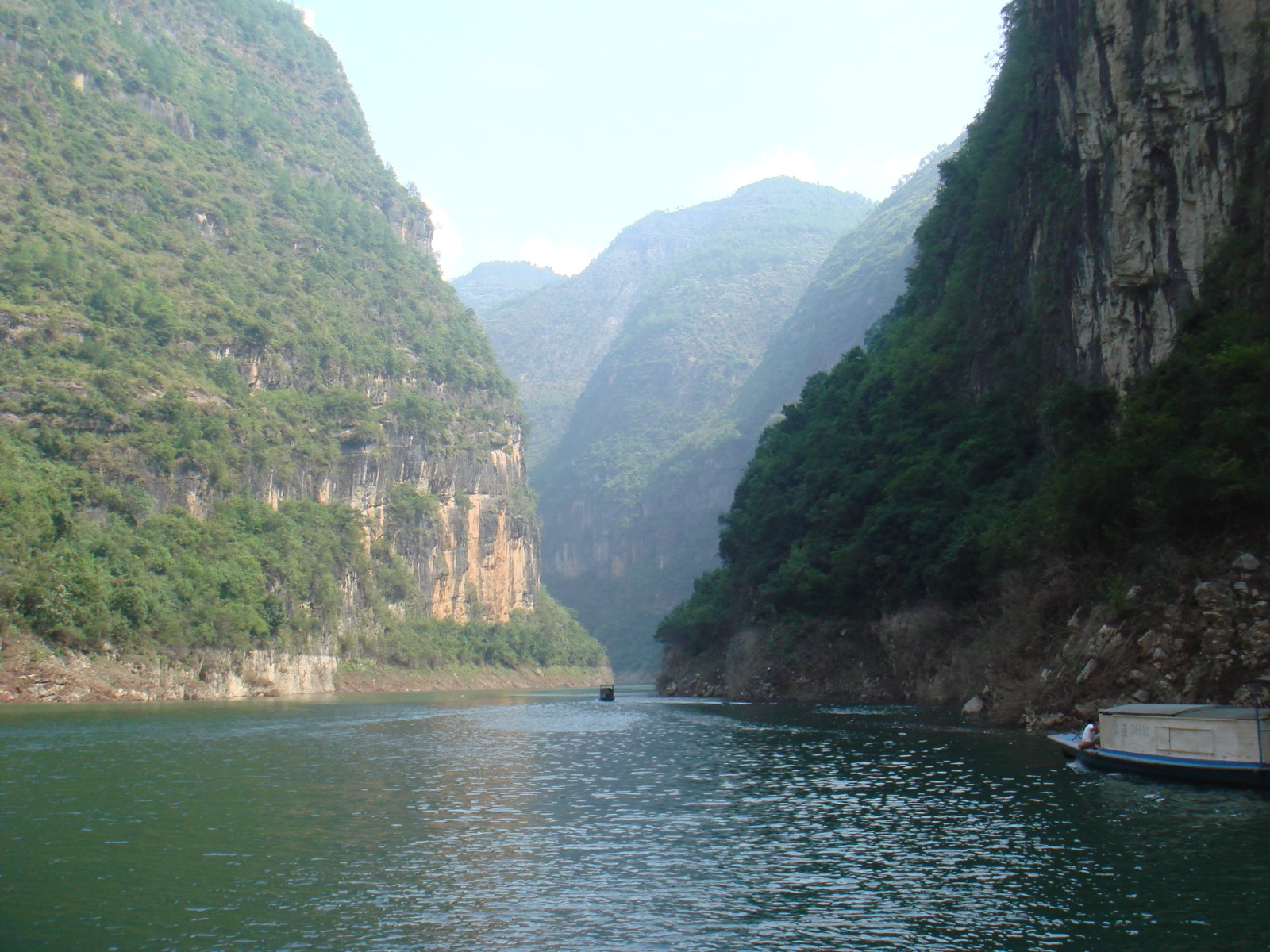
Taking a boat down the Yangzi River through the heart of China is a great, if very Chinese, experience. Whilst the Yangzi is the longest and mightiest river in China, and the 3rd longest in the world, this part of the trip focuses only on the journey from Chongqing (a giant of a city with 31m people) to Yichang in a route that is around 20km and takes around 40 hours / 3 nights (you leave Chongqing in the evening). The highlights on the way are the impossibly steep and huge Three Gorges of Qutang, Wu and Xiling, the more picturesque Little Three Gorges which is an offshoot of the Yangzi, the vast Three Gorges Dam, the world’s largest dam, and a series of Ghost Towns that were deserted when their residents were moved across the river
Overall, its a must-do experience if around this part of China. Only downside is that it does get very busy – a true Chinese experience!
My key tip though is around the choice of cruise companies to go with. You can go with the international cruise companies, which will be the high level standard you expect and around US500, or with the local companies which are 100% catered towards the Chinese market, which means public tannoy systems, early starts, the classic megaphone-flag-style tours and typically more crowded (Chinese people have ZERO understanding of personal space). We went with the local boat option because we were living in China at the time, a bit money conscious and wanted the full blown experience. On balance, I’d say that if you can afford it, go with the international cruise company – I’m hesitant to use the word “better”, but you’ll most likely have a more relaxing and serene experience . . . without the megaphones. But, if you are looking to save a bit of money, the local boat will at least give you that full-on Chinese experience which will also be a great memory (once your ears recover)
Second tip – make sure to check what it is that you are paying for with the cruise company. Key items are that you are not paying for every ticket for every one of the temples etc along the way – they are a bit dull and samesy after a while and you can buy the tickets when there; and that your cruise includes a trip through the Little Three Gorges – the international ones will, but the local Chinese ones will often expect you to have arranged and paid for it
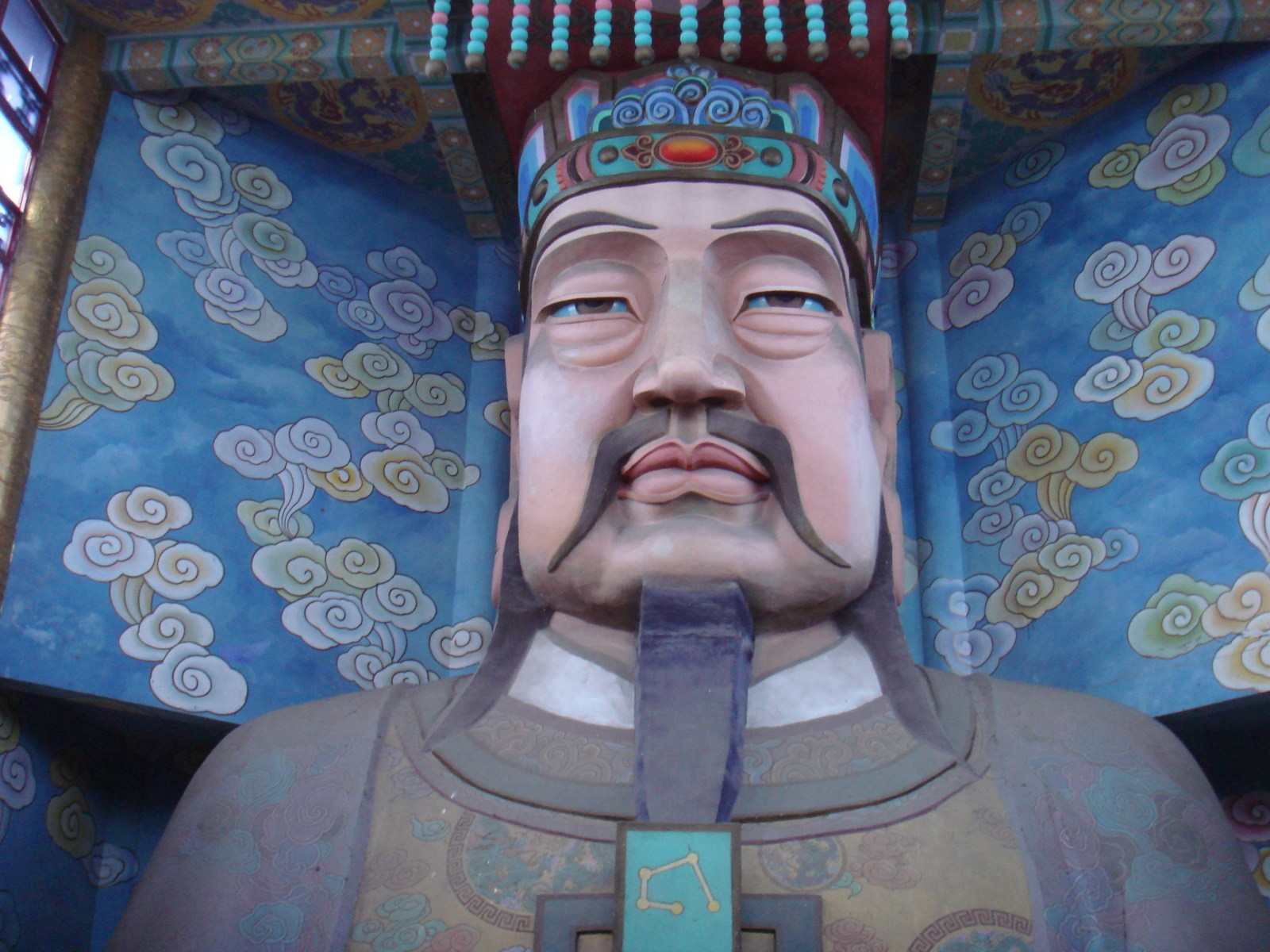
“With rich natural and cultural heritage, Wuxi is one of the top ten tourist cities in China” – Wikitravel. No idea who wrote that, but they obviously haven’t been to Wuxi! Or perhaps own a struggling hotel there! Very little to see that would be of interest to a tourist. Basically a medium sized Chinese city with no particularly redeeming features. Don’t bother – spend your time instead in some of the magnificent experiences that can be found throughout the rest of China
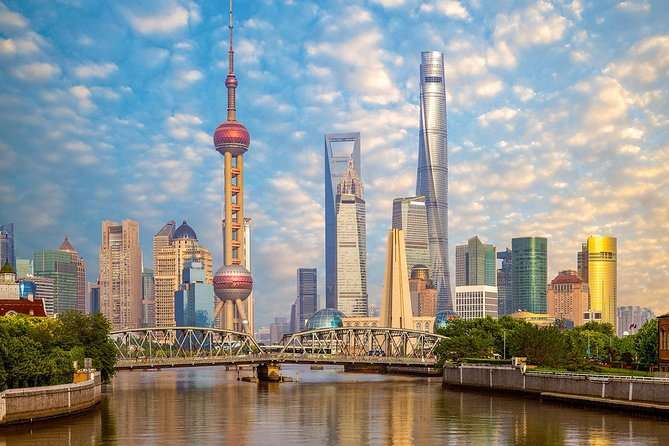
It was such a long time ago that I last visited Shanghai, that I won’t write a full entry for the city. Only to say that its a must if visiting China – not only because it is often a transport hub you pass through, but as a destination on its own. It won’t be the classical China you were expecting – it will be far more than that as this city typifies the modern day China – brash, modern and full of energy. It’s not an exaggeration to say that Shanghai at times feels like New York City on steroids as it rapidly catches up on just about every metric you can think of
Obviously its always better to have more time, but I reckon you could blast the highlights of Shanghai in a day (leaving yourself with some appetite for seeing the rest Shanghai has to offer when you return). The things I really recommend focusing on are:
- The classical walk along The Bund to see the magnificent skyscrapers looking across the river
- Wandering through East Nanjing Road in amongst the neon signs and sheer commercialism of it all
- Having dinner and drinks in uber stylish and pretty French Concession
- Taking in the views from the observation deck of the Shanghai Tower (the world’s second tallest building) or Shanghai Word Financial Centre
- Eating some of the wonderful Shanghai dumplings filled with scrumptious soups
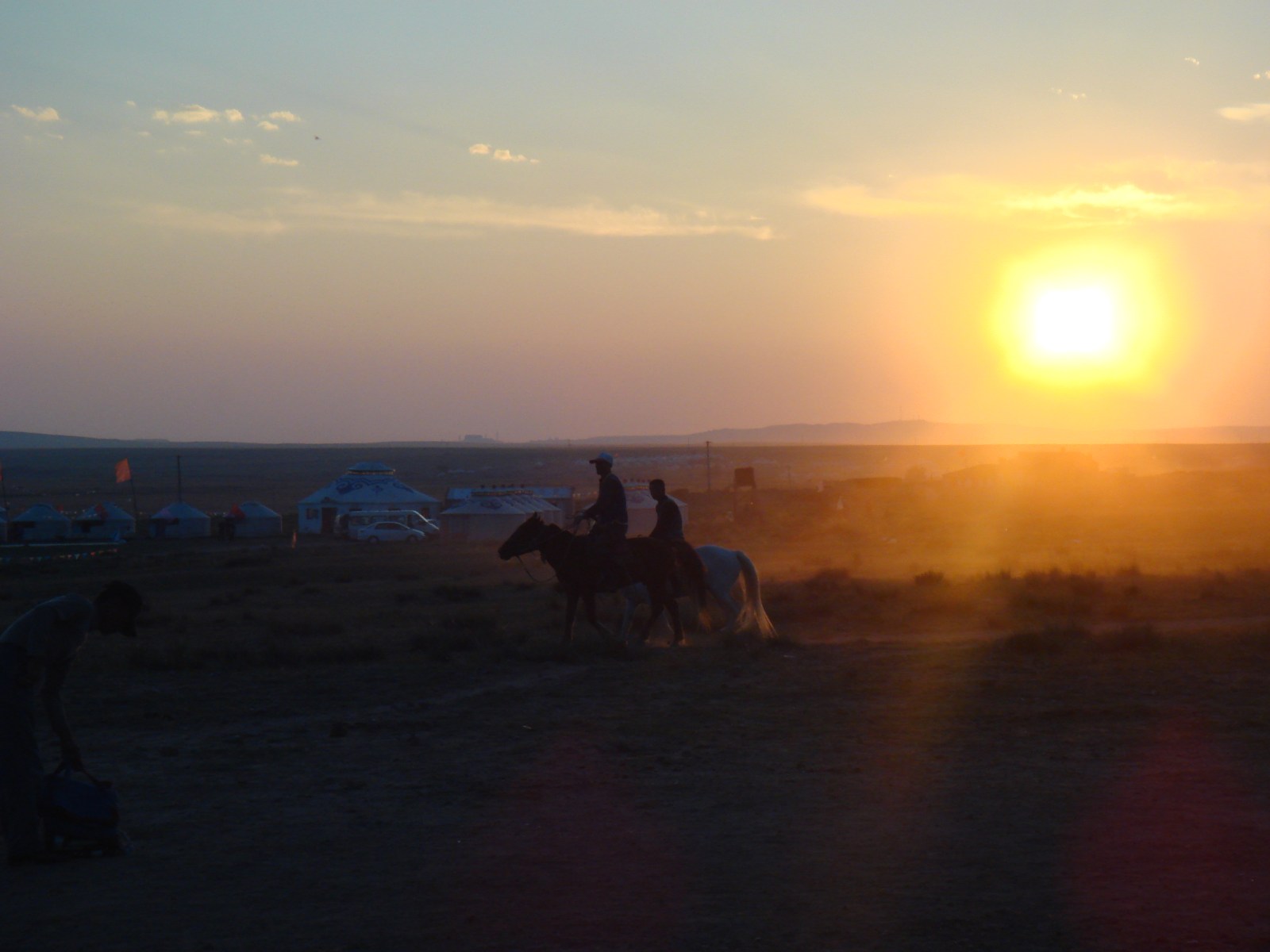
From Hohhot there are a series of standard tours that take you to a few of the places nearby area, but primarily to the Xilamuren grassland, where you can see local horse riding, and Resonant Sand Gorge of the Kubuqi Desert, where you can slide down the dune and generally play around in a full-on desert. All of this with a night staying in one of the traditional Mongolian Yurts
The whole experience is relatively fun as you do get to see some great countryside, but unfortunately most of these tours are very much catered for the domestic tourist market, which means large numbers of fellow tourists, often spaces concreted over to make way for the masses, manufactured “traditional horse riding shows”, and, of course, the serene-breaking megaphones.
I’d say give it a go if a bit tight on money and don’t mind the mass tourist nature, but otherwise see if you can get a tour company that takes you further afield so that you can escape the crowds and see some of the more traditional Mongolian culture rather than the Chinese branded version








